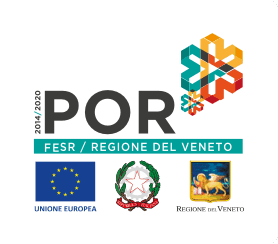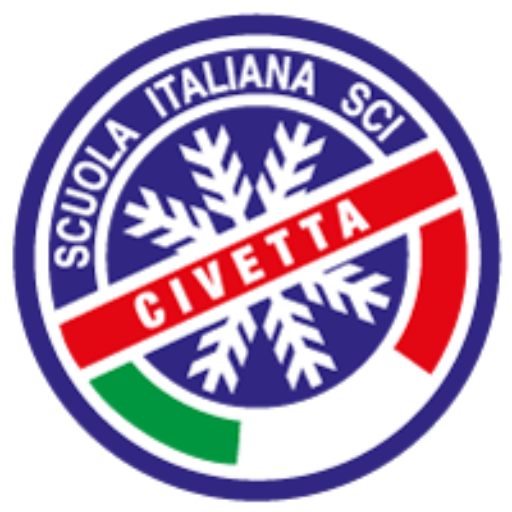A world full of magic awaits in the National Park of the Dolomites Bellunesi, there is no doubt that one of the main scientific motivations of the birth of the Park is the great richness and rarity of the flora.
Fir, larch, chamois and eagles. Almost the entire area of the Dolomites Bellunesi is surrounded by dense coniferous and mixed forests, and is therefore a perfect shelter for all animals, however, to enjoy a better and deserved fame were the countless varieties of flowers that adorn these beautiful mountains.
Visit since ancient times by eminent botanists, to witness the specificity and importance covered by flora Bellunesi bellunensis the famous Codex, a collection of paintings of herbs, its pharmacology, written in 1400 by a Monaco in the monastery of Vedana which is responsible, among alia, the priority iconography botany of Carlina acaulis and edelweiss.
 Codex bellunensis
Codex bellunensisThe Codex is a prestigious bellunensis figured herbarium of 1400, preserved in the British Library in London. The work is a treatise on herbal medicine, illustrating over 200 plants harvested in the mountains that now make up the National Park, with notes on the precise location of collection, on the therapeutic properties and methods of use for medicinal purposes. A first “flora” of Belluno, which contains, among the many “pearls”, the first known drawing of edelweiss, as well as the very first performance of many other species of alpine flora and italiana.Il Park, thanks to a contribution from the Ministry of the Environment and an agreement with the owner of the British Library manuscript, made the facsimile reproduction of the code and a volume of commentary that analyzes the code in terms of historical, artistic, botanical and farmaceutico.La biggest news of ‘ operates, with respect to time in which saw the light, is constituted by the fact that the plants were represented live: the tables that accompany the description pictorial manuscript, are the result of careful observation in situ and the precise reproduction of up to 226 plants, by a careful illustrator (probably not a professional painter), which unfortunately has not been passed down the name. A significant step forward compared to the schematic and the representation of medieval illuminators of, committed to giving fresh appearance to natural fruit image more memory than observation realtà.Nel framework of the search for scientific objectivity desired dall’aristotelismo typical of the Paduan school between the end of the fourteenth century and the first half of the fifteenth century, the herbarium is therefore an example of innovation in the field of botanical illustration, oriented to the realism that is all ‘modern scientific image source.
(Main source: Belluno Dolomites National Park)
The vascular flora (plants with flowers and others, such as ferns, with roots, stems and leaves) has a consistency of about 1,400 entities (1/4 of the flora of the country) and among them there are few who deserve to be remembered as endemic, rare, valuable or phytogeographical.
The southern part is the richest in at least devastated by glaciations, and therefore ancient species have survived.
Very numerous are the localized presence of rare species found here or on the border of its range.
In addition to the quota alpine proper (and in particular the east), and Eurasian boreal – temperate species are well represented in eastern gravitation (Illyrian, Pontic, south-east Europe) and those of the mountains circummediterranee (mediterrraneo-mountain).
At this address you can find the Codex Bellunensis online


